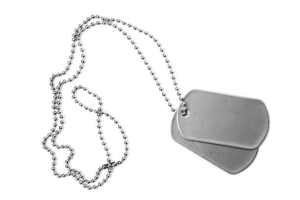Press Release | Oct. 6, 2005
Airmen Missing From World War II Identified (Allen, Cartwright, Stubbs)
The remains of three U.S. servicemen, missing in action since 1941, have been identified and are being returned to their families for burial with full military honors.
They are Army Air Forces Second Lieutenant Augustus J. Allen, of Myrtle Springs, Texas, Staff Sergeant James D. Cartwright, of Los Angeles, Calif., and Corporal Paul R. Stubbs, of Haverhill, Mass.
On June 8, 1941, Allen, Cartwright and Stubbs departed France Field, Panama in an O-47A aircraft, en route to Rio Hato, Panama. When the aircraft failed to arrive at its destination, a search was initiated by both air and ground forces, but with negative results.
In April 1999, a Panamanian citizen reported to Panamanian Civil Aeronautics (PCA) he had discovered aircraft wreckage while hunting in the mountains of Panama Province, Republic of Panama. After a PCA Search and Rescue team surveyed the site, it was reported to the Joint POW Accounting Command (JPAC). JPAC specialists surveyed the area in August 1999, and excavated the site in February 2002 where they recovered remains and crew-related artifacts. The crash site was along Allen’s suspected flight path, and the aircraft was consistent with O-47A aircraft from the 39th Observation Squadron, their assigned unit. Additionally, the team recovered crew-related items at the site which helped confirm the identity of the airmen.
Scientists of JPAC and the Armed Forces DNA Identification Lab used mitochondrial DNA as one of the tools in the identification of the remains of Allen, Cartwright and Stubbs.
Of the 88,000 Americans missing in action from World War II, the Korean War, the Cold War, the Vietnam War, and Desert Storm, 78,000 are from World War II.
For additional information on the Department of Defense’s mission to account for missing Americans, visit the DPMO website at http://www.dtic.mil/dpmo.
